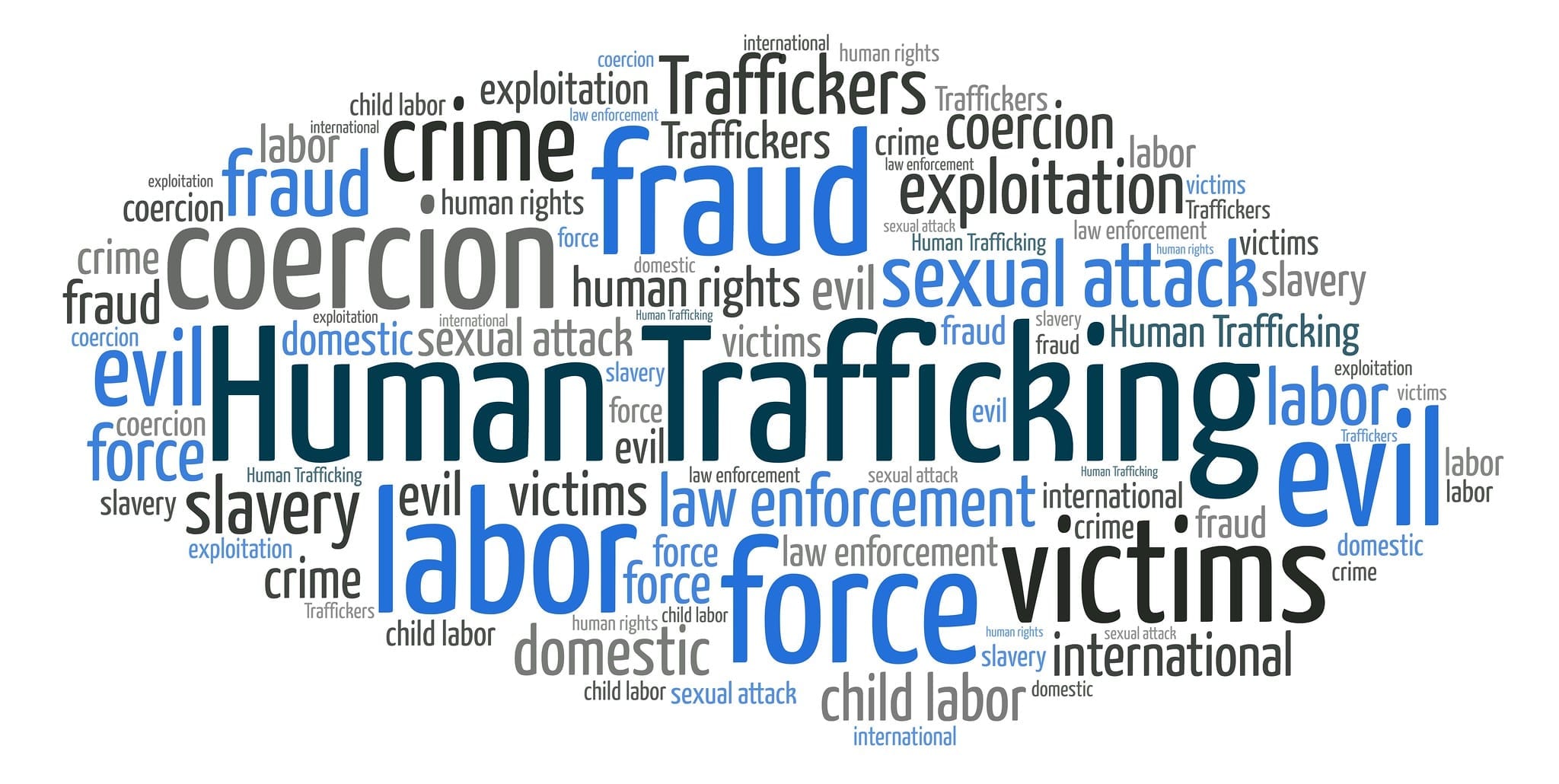
Slavery and Trafficking Occurs in 90 per cent of Recent Wars and Conflicts
Research by the University of Nottingham’s Rights Lab has identified that slavery and human trafficking are present in 90 per cent of modern wars.
Modern slavery experts Professor Kevin Bales, Angharad Smith and Dr Monti Narayan Datta spent four years building the now open-access online database, recording every case and type of slavery across 171 wars and conflicts fought between 1989 and 2016. It is the first systematic and large-scale inquiry into various types of enslavement within modern armed conflicts.
The novel database is being launched as part of national activities marking the UK’s annual Anti-Slavery Day. It holds records of what types of enslavement were used and reasons for the conflict, as well as which “side” of the conflict used that form of enslavement — identified as “Side A”, typically a nation-state, or “Side B”, sometimes a nation-state, but mostly one or more non-state actors, such as rebel groups, insurgents, or other sub-state actors.
The researchers found that the most common type of enslavement in war zones was the use of child soldiers, occurring in 87 per cent of armed conflicts, with child soldiers more likely to be used by Side B. Enslaved children were found in 252 disputes over territory and 221 disputes over governmental issues. When Side A and Side B both enslaved children, 190 instances were over territory, and 282 were due to governmental disputes.
Sexual exploitation and/or forced marriage was present in a third (32 per cent) of modern wars; 21 per cent included forced labour; and 14 per cent saw instances of human trafficking.
The data show that although nation-states (Side A) are less likely to enslave children as soldiers, they are more likely to engage in other forms of sexual violence in armed conflicts. It was observed that both ‘sides’ within a conflict commit sexual exploitation and forced marriage, with researchers recording 10 per cent of instances by Side A and 12 per cent by Side B, as well as 12 per cent of occasions where both sides used this form of slavery. This is in contrast to the use of child soldiers in armed conflicts, in which case Side A is rarely the offender.
Compared to child soldiers and sexual exploitation/forced marriage, there were fewer instances of human trafficking, defined as the onward sale of enslaved persons. Side A is responsible for less than one percent of all cases, whereas Side B accounts for 15% of all cases.
Read more here.
